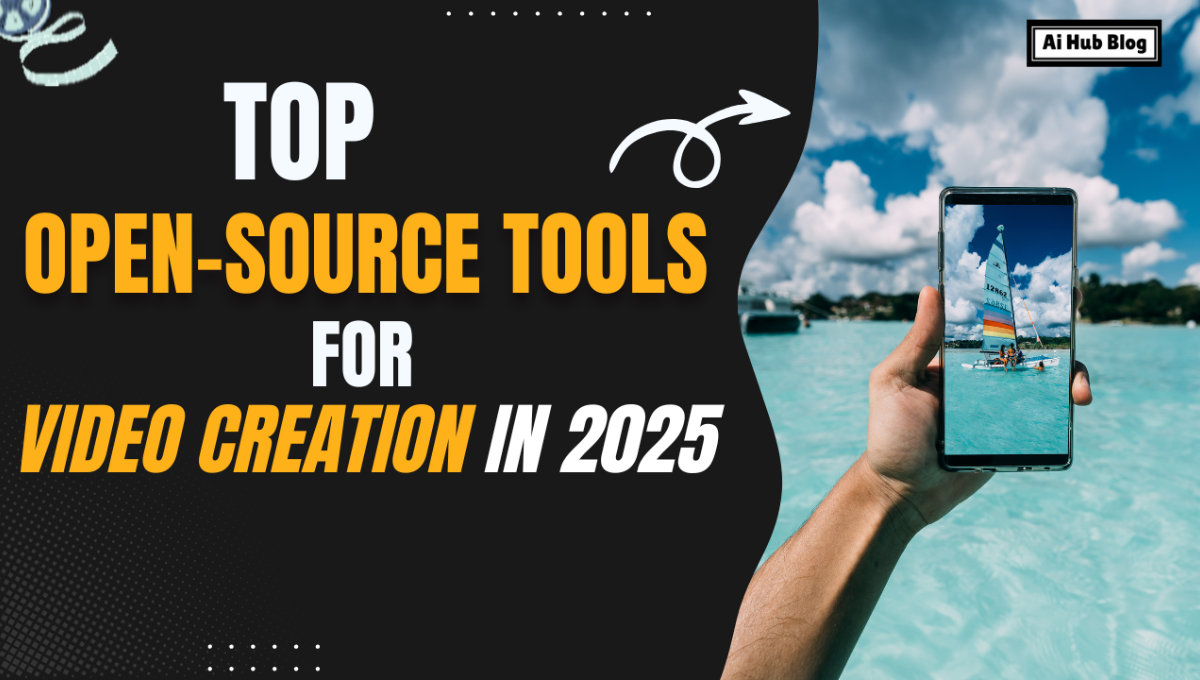Overview
Artificial intelligence is rapidly transforming the world of architecture. From concept development to visualization and project delivery, AI tools are reshaping how architects design, collaborate, and present their ideas.
Modern AI systems are improving design accuracy, visual quality, and workflow efficiency, allowing architects to work faster and smarter.
Generative design and real-time rendering are at the heart of this transformation — empowering professionals to explore more creative options, produce faster iterations, and deliver presentation-ready visuals to clients.
AI is also enhancing urban planning and sustainability analysis, helping designers make data-driven, eco-friendly, and cost-effective design decisions.
AI in Architecture: A New Era of Design
The integration of AI in architecture marks a shift toward intelligent, data-supported creativity. Today’s tools can automatically suggest layouts, optimize material use, predict performance outcomes, and improve environmental efficiency.
By merging machine learning with generative design techniques, architects can unlock new design possibilities, minimize errors, and shorten project timelines—all while elevating both functionality and aesthetic value.
Top 10 Free AI Tools Architects Should Know in 2025
1. SketchUp
SketchUp offers a seamless 3D modeling experience enhanced by AI-powered plugins. It helps architects and interior designers quickly generate spatial layouts, refine forms, and visualize concepts with precision and flexibility.
2. D5 Render
D5 Render enables real-time, photorealistic rendering, allowing architects to instantly visualize materials, lighting, and textures. It’s ideal for creating dynamic client presentations and immersive walkthroughs.
3. Rhino
Known for its advanced parametric design capabilities, Rhino supports complex geometries and AI-driven plugins. It’s widely used by architects, engineers, and design students to explore generative design scenarios with accuracy.
4. Reint
Reint accelerates conceptual design by generating floor plans, material suggestions, and optimized layouts. It’s perfect for architects who value speed and smart iteration during early design phases.
5. Archicad
Archicad incorporates AI features that help users quickly create architectural templates and visualize revisions. It’s a valuable tool for professionals and students developing ideas or preparing client-ready presentations.
6. Enscape
Enscape integrates VR and real-time rendering within BIM software, allowing architects to move instantly from 2D drawings to immersive 3D environments. It’s particularly useful for client presentations and collaborative reviews.
7. Twinmotion
Twinmotion brings designs to life with VR-ready, high-quality renderings. Urban planners, landscape architects, and designers use it to experience projects in realistic environments before construction begins.
8. Fologram
Fologram combines augmented reality (AR) and virtual reality (VR) to visualize 3D models in real-world contexts. This helps teams understand spatial relationships and improve accuracy during on-site planning and construction.
9. TestFit
TestFit uses AI to automate site feasibility studies by generating optimized layouts for buildings, parking, and open spaces. It’s an essential tool for architects and urban developers focused on maximizing land use efficiency.
10. Spacemaker
Spacemaker leverages AI to evaluate environmental factors such as sunlight, noise, and wind flow. It assists in creating sustainable, well-optimized urban layouts that support both performance and livability.
AI’s Impact on Modern Architecture
Artificial intelligence is redefining how buildings are designed, visualized, and optimized. Tools like Rhino and SketchUp empower complex 3D modeling, while Twinmotion and D5 Render deliver photorealistic visual experiences.
Solutions such as Spacemaker and TestFit are equipping planners with valuable feedback for sustainable and efficient site designs. As a result, architects can now iterate faster, make better design choices, and strike a balance between creativity and performance.
Disclaimer: This article is for informational purposes only. We do not guarantee the accuracy or suitability of the listed AI tools. Use them at your own discretion.
Also Read:















